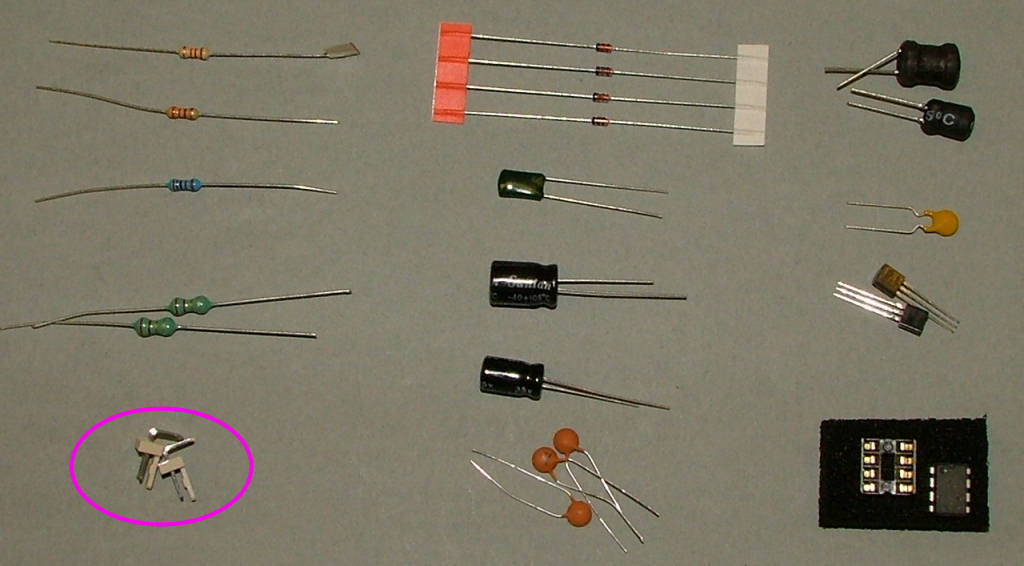Re: PCB assembly
Posted: Sun Apr 19, 2015 6:09 pm
Temporarily connect the HV out wire to pin 11 of the nixie and power the board again, check the nixie glows when touched and the relay clicks (if you've removed that bridge across C6). Note that C1 takes about 30 seconds to recharge so the relay will only click if it hasn't been activated for at least that long. If you find it's not sensitive enough increase the value of R4 slightly (try 3k9), if the nixie isn't as bright as you would like try removing just one turn from L1.
If you do fry something it will probably be either T1 or L1, they're both available on ebay for example at $1-2 for 10 of each. If you want to alter the number of turns on L1 monitor the current and remember less (24-26) turns will produce more voltage but use more power. The output from L1 is safe as it is high frequency AC, as long as you don't add a rectifier diode and capacitor the only risk will be of small burns caused by touching the HV pin. Still, don't deliberately touch or misuse it.

To produce the gowing ring effect make a loop of uninsulated wire around the nixie glass and connect it to ground.
If you do fry something it will probably be either T1 or L1, they're both available on ebay for example at $1-2 for 10 of each. If you want to alter the number of turns on L1 monitor the current and remember less (24-26) turns will produce more voltage but use more power. The output from L1 is safe as it is high frequency AC, as long as you don't add a rectifier diode and capacitor the only risk will be of small burns caused by touching the HV pin. Still, don't deliberately touch or misuse it.

To produce the gowing ring effect make a loop of uninsulated wire around the nixie glass and connect it to ground.
